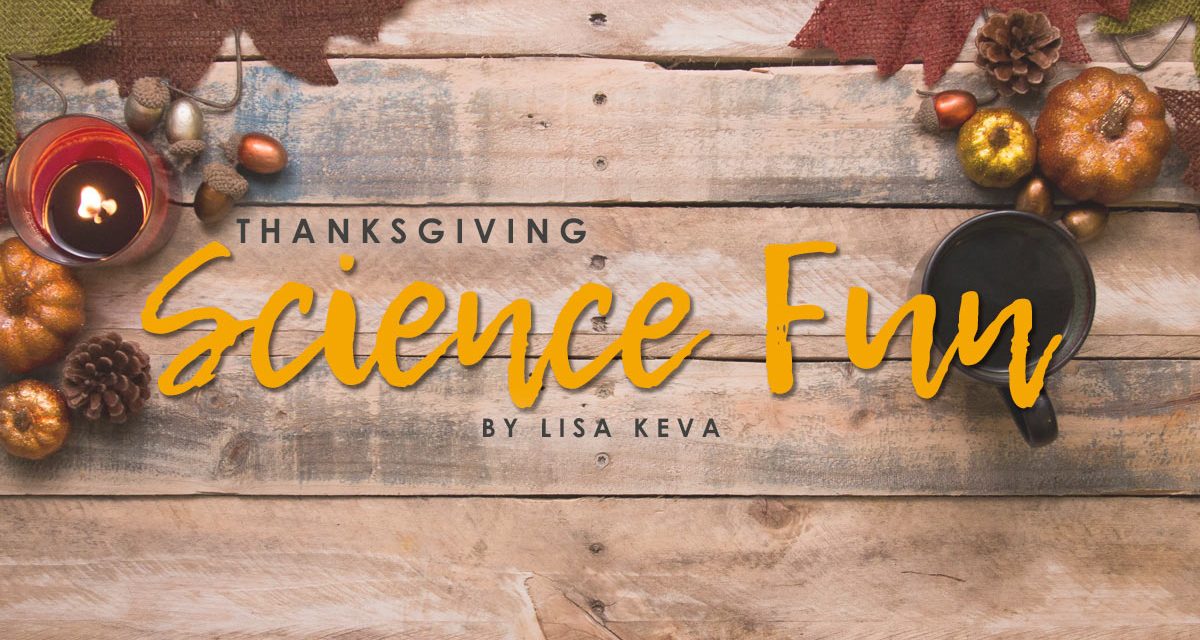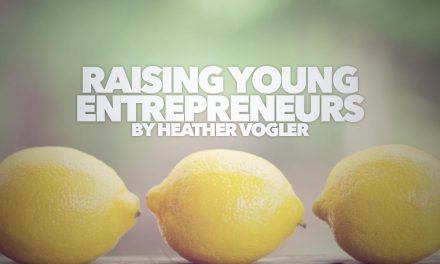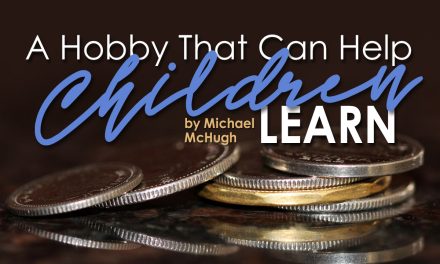Tis the season for thankfulness. But just because it’s a holiday doesn’t mean that learning needs to stop. Here are some fun ways to incorporate science learning during this special time off!
Bendy or Breaky Bones?
This experiment shows how bones need calcium to stay strong so they don’t bend and/or break.
First, choose some leftover bones from your Thanksgiving dinner. Wash them thoroughly and allow them to air dry. Next, get two jars: label one “vinegar” and the other “water.” Fill the jar labeled “vinegar” with vinegar and the other jar labeled “water” with water. Place some bones in each jar and allow the turkey bones to sit for at least one week. Then, removed them from the jar, rinse, and see if the bones will bend. The bones left in vinegar bend because the calcium carbonate within the bones reacts with the vinegar softening the bones. Pretty neat!
Don’t like cranberries? Try this experiment instead of eating them!
Cranberry Float or Not
Ever wonder if cranberries sink or float? Give each participant a cup with water and a few cranberries. Have each person make a guess as to whether or not they think cranberries float or sink. After testing their theory in their own cups, this is a great time to incorporate cranberry bogs and harvesting. Afterward, cut a cranberry in half, so everyone can see the four air pockets inside of them. These air pockets make the cranberries float!
If you’re in warmer climates, this next one is definitely one to do all the way to the end.
Sprouted Indian Corn
For this experiment, you’ll need an ear of Indian Corn, a pan that can be used for a week or two, and water.
Husking your corn, place the remaining corn cob in a pan, and fill with enough water to cover a little more than half the ear of corn.
Have each child make a prediction of what they think will happen at the end of the week.
Place the pan in a sunny windowsill, remembering to add more water daily so at least half the corn stays wet.
You should start to see little shoots by the time 4-5 days have passed. If you want to keep the shoots growing, change out the water, but make sure you have at least half of the corn covered.
When you are done growing the shoots, have your child pull out a kernel and look for the root and shoots. If you live in a colder climate, plant several small seedlings in small cups and see how long they take to grow. If you are in a warmer climate, try transplanting the small seedlings outside.
This year instead of turning on the football game or taking an after-dinner snooze, try some family fun and educational science experiments!
For more science fun, visit Rainbow Resource Center on the web!





